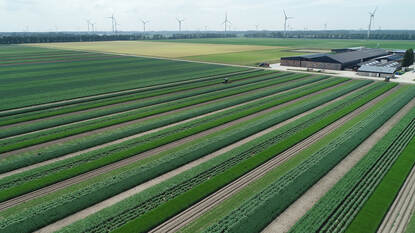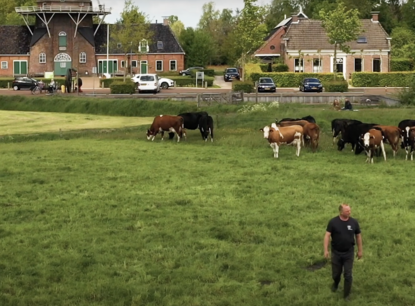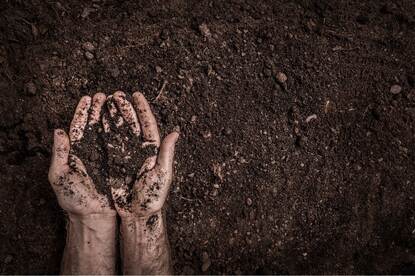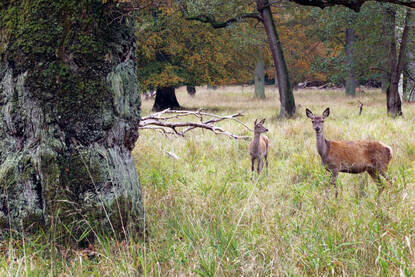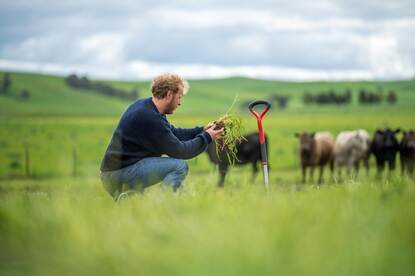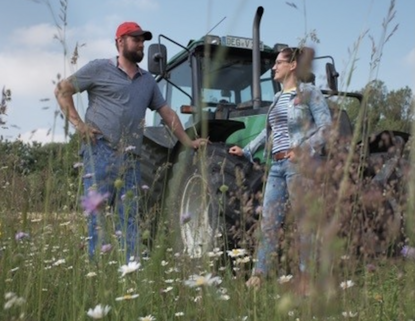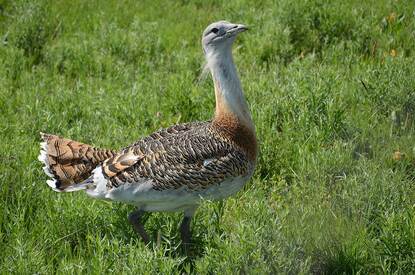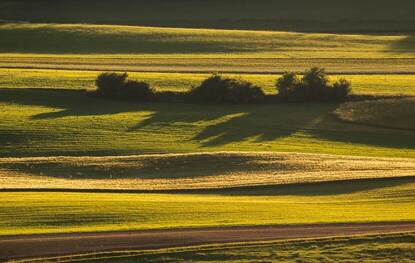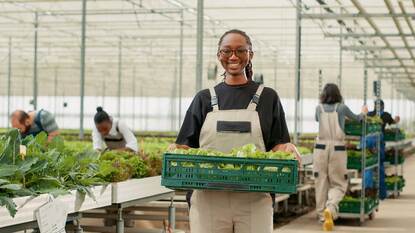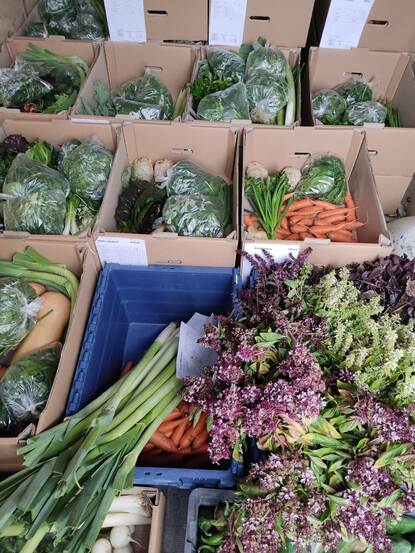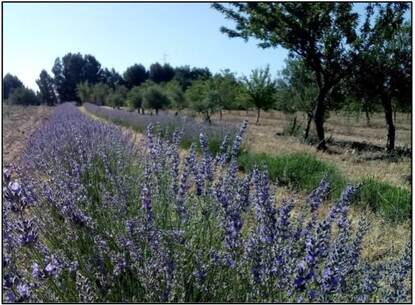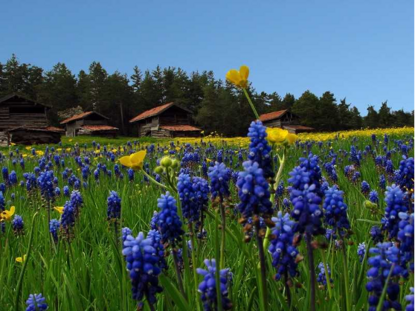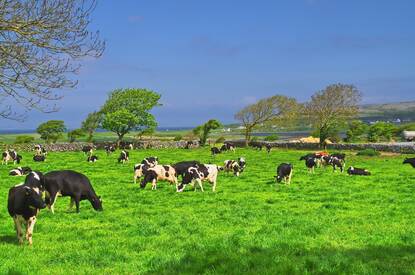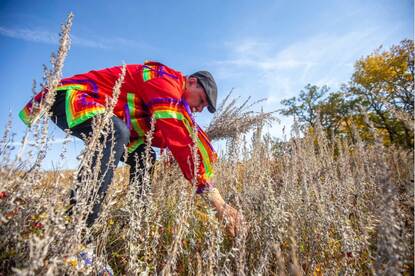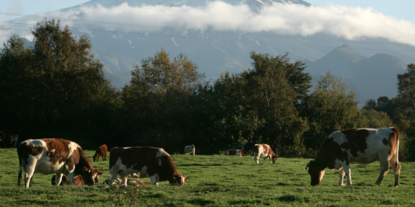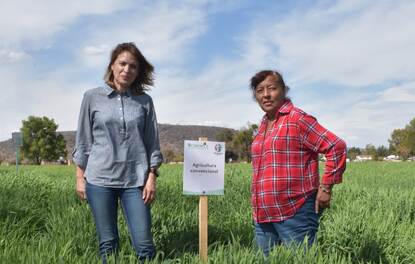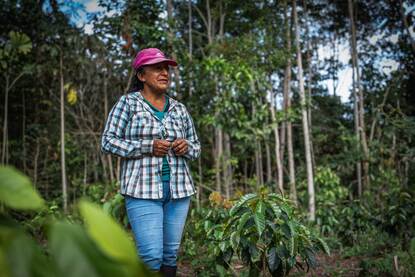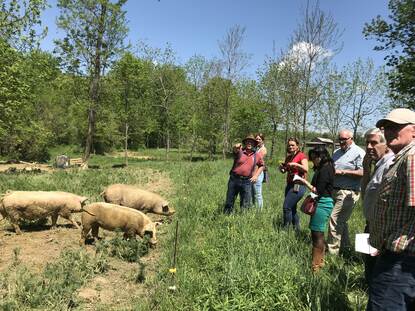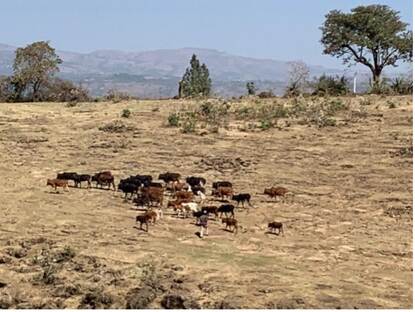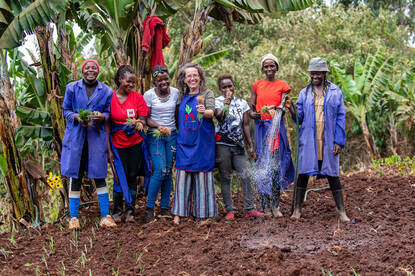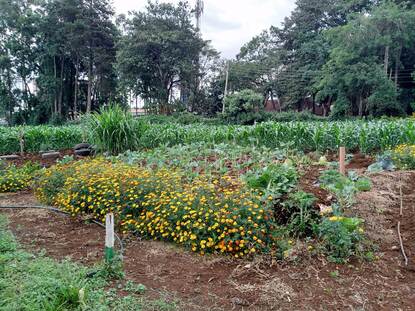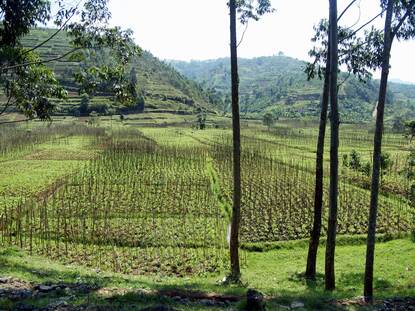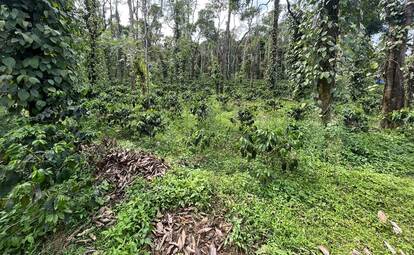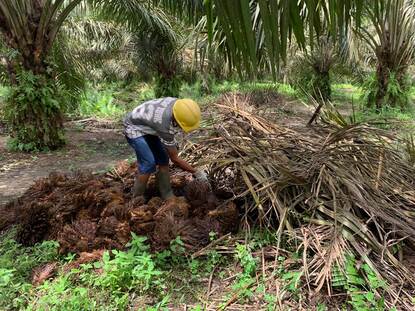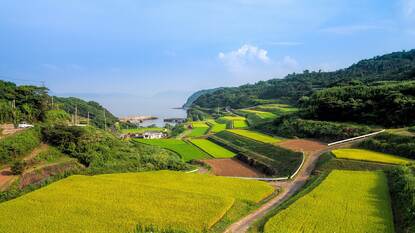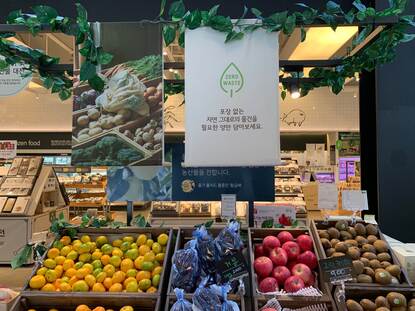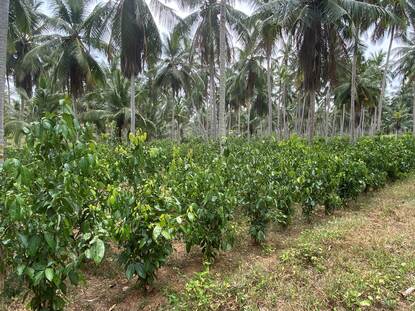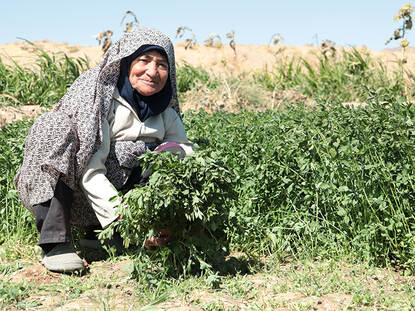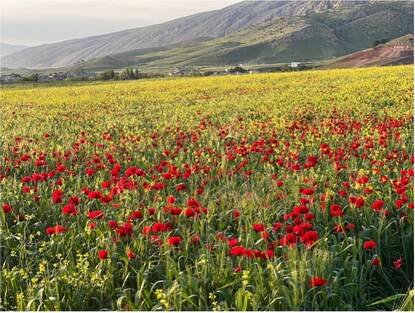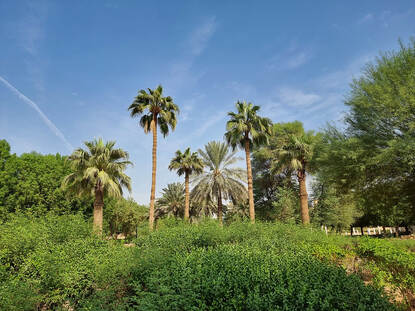Foto Shutterstock
Nature-inclusive agriculture is not just a fashionable term you might run into while leafing through bulky policy documents. It is a necessary step that we must take to ensure the security of farmers and food production, and to achieve our climate goals, says Petra van Egmond, program manager Connecting Agriculture and Nature at the Netherlands Ministry of Agriculture, Nature and Food Quality.
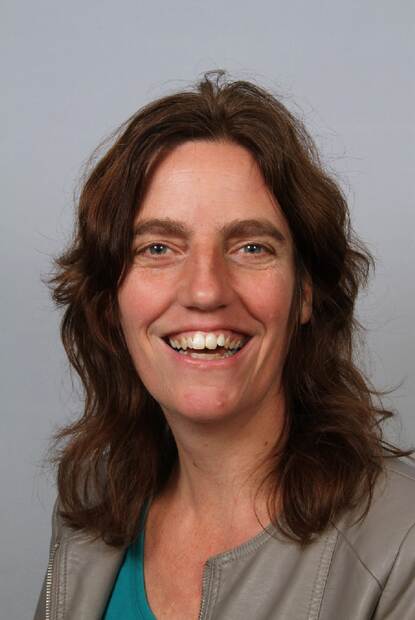
Over the past decades, the Netherlands has invested heavily in optimizing food production. ‘As a result, Dutch agriculture is more intensive that anywhere else in the European Union,’ says Petra van Egmond. ‘Nature-inclusive agriculture requires us to make a paradigm shift away from these traditional farming methods and towards less production. You could say it is a cultural change, one in which we will have to guide the sector.’
Saving, utilizing, and enriching are the three pillars
What will farmers need to do to make this change? There are three pillars of nature-inclusive agriculture, Van Egmond explains: ‘Saving, utilizing, and enriching. Saving involves closing nutrient cycles and reducing the use of crop protection agents and synthetic fertilizers. By utilizing, we mean the application of natural processes, such as water retention or natural pest control. Enriching refers to designating and protecting specific habitats for species that fit within the agricultural ecosystem, such as meadow birds.’
These pillars ensure a healthy ecosystem surrounding food production. Van Egmond: ‘They promote a richer soil life, which is good for birds and other animals, and stimulate biodiversity, which is necessary for pollination, for example, but also for breaking down crop residues.’
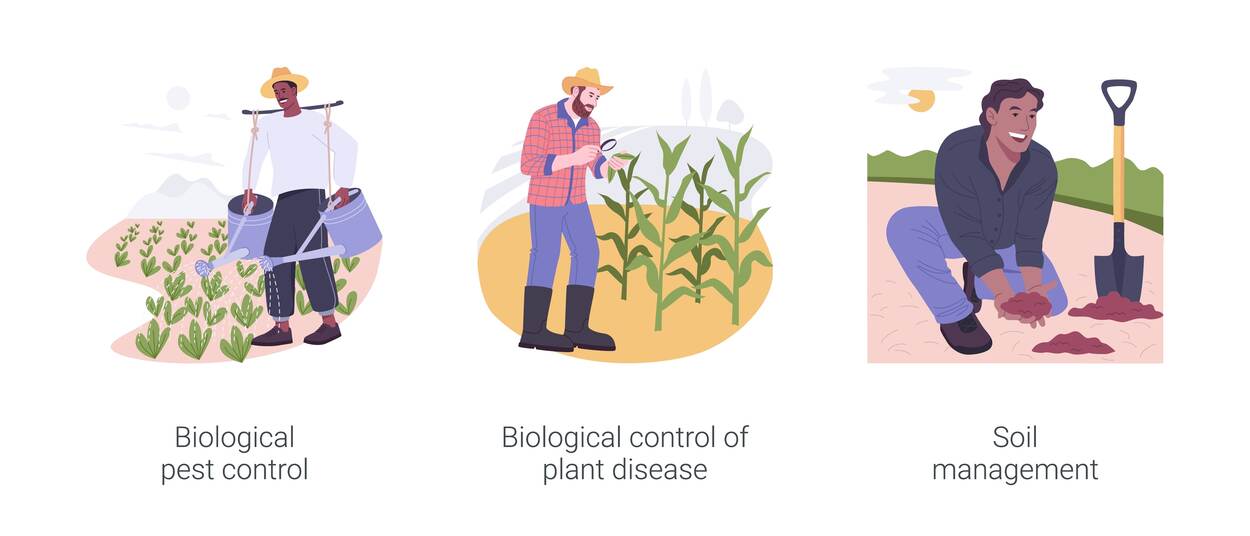
Uniformity works against the system
Unfortunately, biodiversity is in decline. Not just in the Netherlands but all over the world. ‘Farmers have focused on breeding livestock and crops for one purpose only,’ says Van Egmond, ‘to improve their business results. This has led to a kind of uniformity which now works against us, with the spread of livestock diseases for example. A nature-inclusive agricultural system with more biodiversity can help prevent such problems. Why? Simply because it’s more robust.’
According to Van Egmond, we are moving towards a more extensive form of agriculture. ‘But to make that possible, we will need to adopt an area-based approach. Take Natura 2000 areas and peatland, for example. They are a good match with nature-inclusive farming. The same goes for combining trees and shrubs with annual crops or pasture and livestock, which is called agroforestry. It is all part of a nature-inclusive agricultural system that not only produces food but retains CO2 as well.’
‘Nature-inclusive agriculture requires us to make a paradigm shift away from traditional farming methods; it is a cultural change, one in which we will have to guide the sector’
How can we make it more profitable?
‘We are now in an early stage of transitioning to nature-inclusive agriculture,’ Van Egmond says. ‘In the Netherlands it is not very widespread yet, and catering to a niche market mostly. One of the challenges we are facing is how to make it more profitable.’
Van Egmond: ‘For the first nature-inclusive pioneers, it’s all a matter of conviction. But not everyone can make the change as confidently as they did. As it is more extensive, nature-inclusive farming requires more land. But what will happen if you don’t own enough land, and don’t have the money to buy or lease more? If you have livestock, you won’t be able to keep as many animals as you used to, meaning that you’ll have less income as well. At the Ministry, we’re working hard to come up with answers to these questions.’
One of those answers is rewarding farmers for their contribution to carbon capture and nature and landscape management. Van Egmond: ‘But we are also working with chain parties to explore the possibilities of compensating farmers to produce sustainable goods. Through certification, for example, or purchase agreements and discounts on interest rates. Another option is to set aside public funds for nature and landscape management. Or to raise food prices. But if we do, how will that affect low-income groups?’
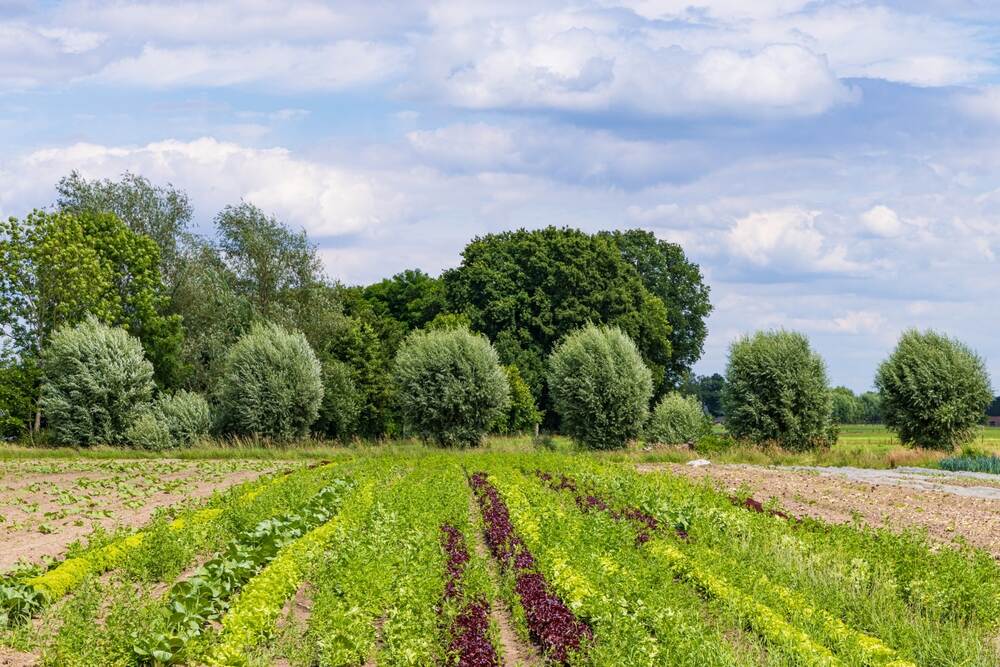
It all starts with the education of farmers
Van Egmond: ‘It all starts with the education of (future) farmers, and with guidance and awareness. That’s why our policy is to support those first pioneers I mentioned and to promote the cooperation between knowledge institutions and the private sector. Obviously, research and the exchange of knowledge and information are important. As well as putting things into practice on so called demonstration farms.’
She goes on: ‘We’re working closely together with Wageningen University and Research (WUR), the Louis Bolk Institute and other educational institutions promoting sustainability and biodiversity. WUR is an expert in this area, and the Louis Bolk Institute has extensive knowledge of organic farming. It is important that regular farmers can get independent advice to make up their minds about nature-inclusive agriculture. Innovations are crucial, too. Like drones for pest control or targeted irrigation.’
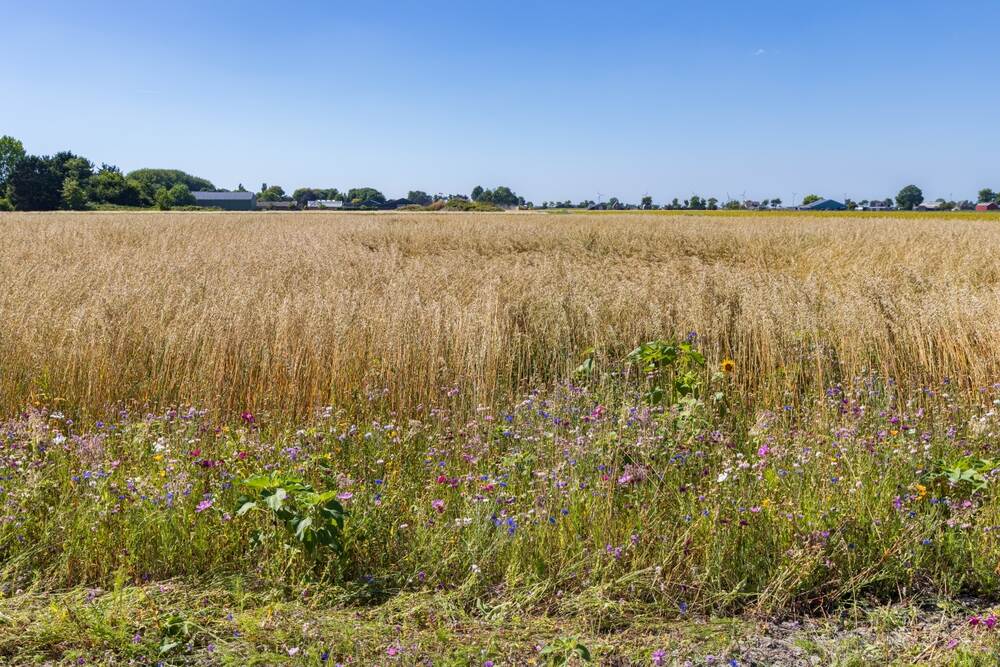
European labels are lacking
How are other European countries doing with sustainable and organic farming? Van Egmond: ‘To be honest, the Netherlands is lagging. Take Germany or Austria, for example. We can learn so much from them. As far as the European Union (EU) is concerned, they want to promote sustainable agriculture but in contrast to organic farming there are no EU-rules or regulations specifically aimed at nature-inclusiveness. Organic farming is regulated by European legislation and certificates: you must meet certain requirements and quality controls. But there are no such labels for nature-inclusive agriculture.’
Nevertheless, nature-inclusive farming ties in perfectly with EU-thinking on the boundaries of nature and the environment. And that is just as well. Van Egmond: ‘I want to be clear about this: the transition to nature-inclusive agriculture is vital to Europe, the Netherlands and the agricultural sector. If we fail, we will never meet our climate goals, and problems with issuing licenses will persist. Nature-inclusiveness is the future. It can stand the test of time.’

